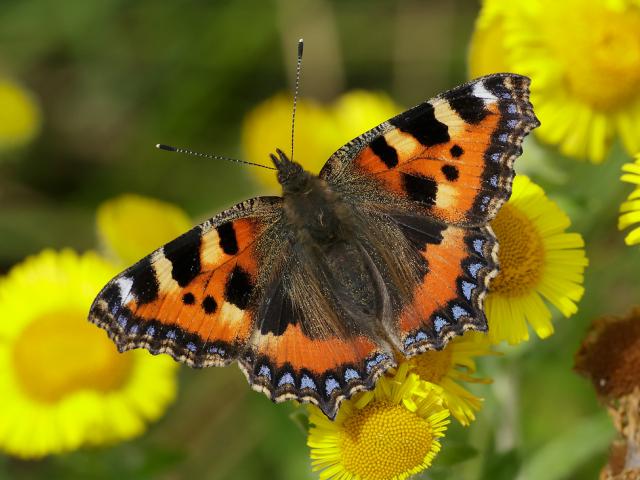
Small Tortoiseshell
The Comma is a fascinating butterfly. The scalloped edges and cryptic colouring of the wings conceal hibernating adults amongst dead leaves, while the larvae, flecked with brown and white markings, bear close resemblance to bird droppings.
The species has a flexible life cycle, which allows it to capitalize on favourable weather conditions. However, the most remarkable feature of the Comma has been its severe decline in the twentieth century and subsequent comeback. It is now widespread in southern Britain and its range is expanding northwards.
The most widely used foodplant is Common Nettle (Urtica dioica). Other species used include Hop (Humulus lupulus), elms (Ulmus spp.), currants (Ribes spp.), and Willows (Salix spp).

Open woodland and wood edges are the main breeding and hibernating habitats.
Prior to hibernation individuals range more widely in the search for nectar and rotting fruit and are often seen in gardens and many other habitats.
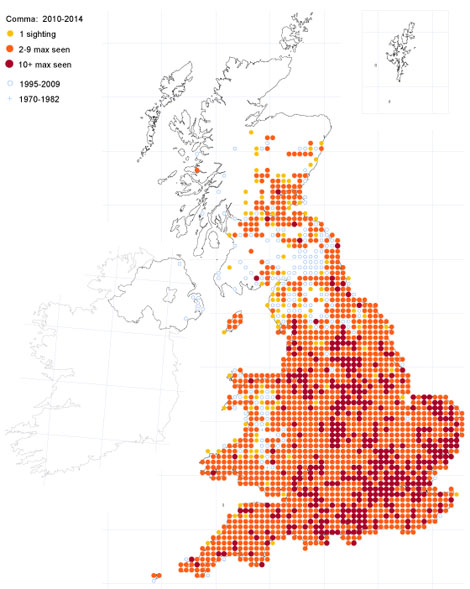
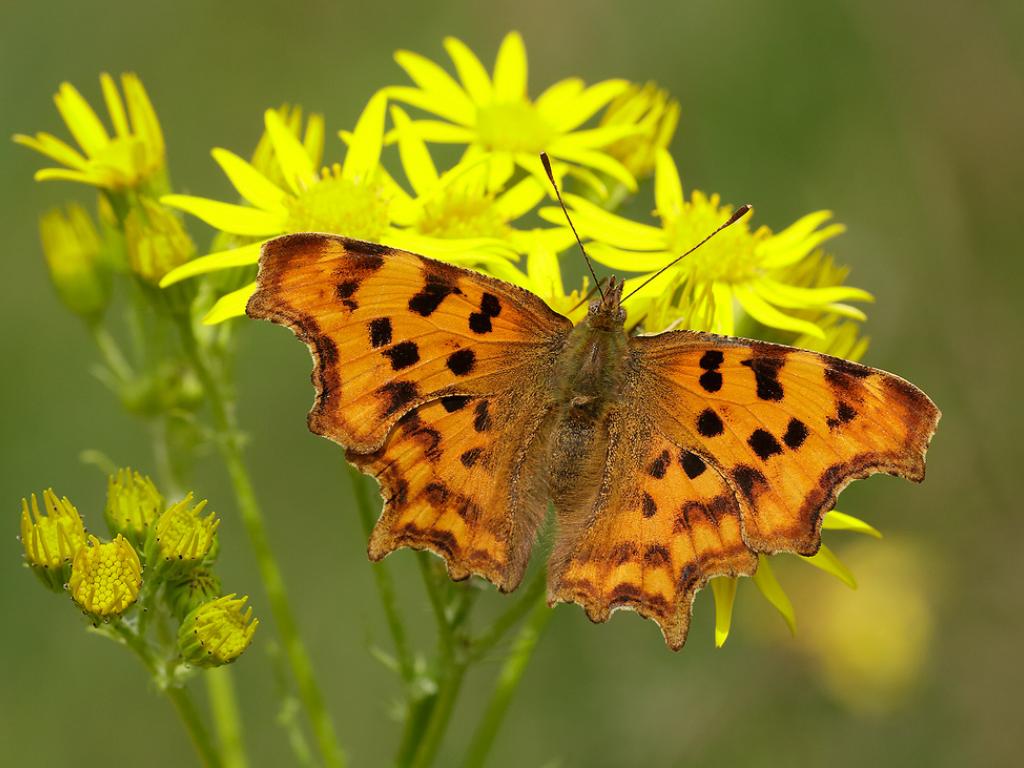
Comma - Iain Leach
Iain Leach
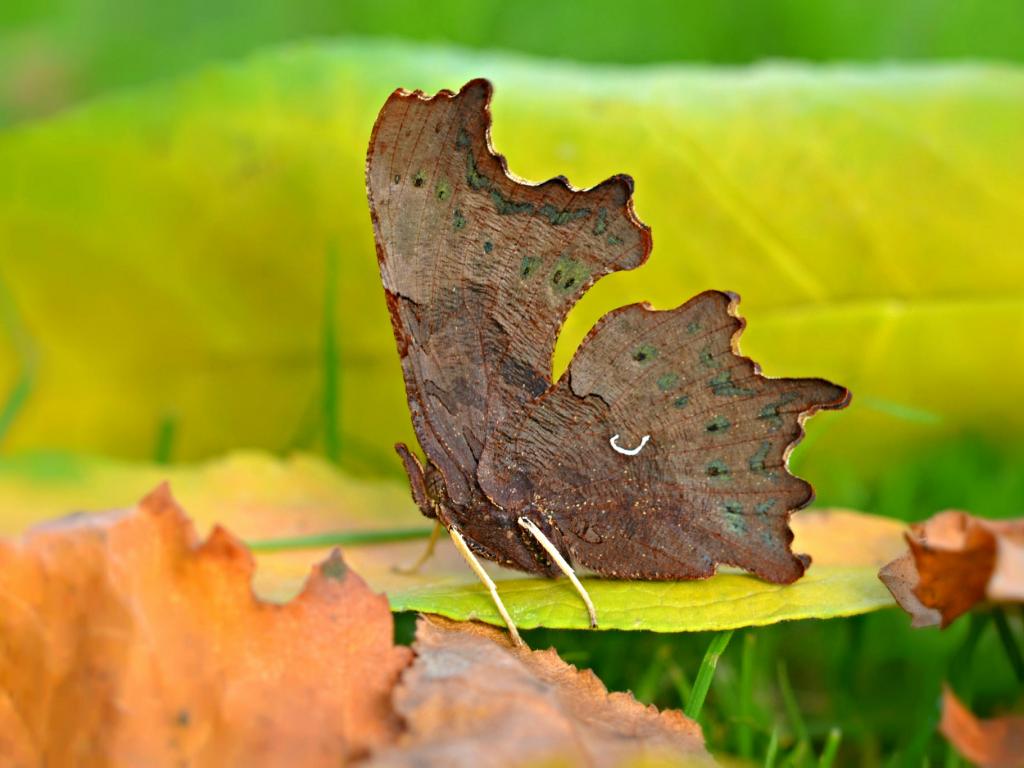
Comma (underside) - Andrew Cooper
Andrew Cooper
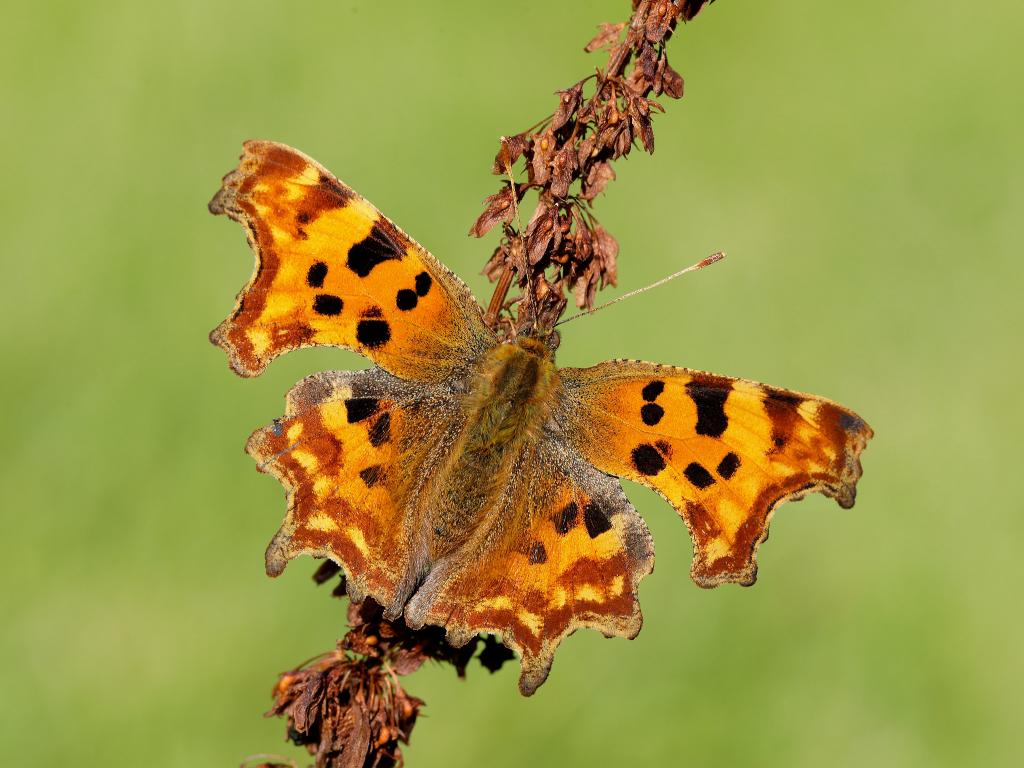
Comma (upperwing) - Iain Leach
Iain Leach
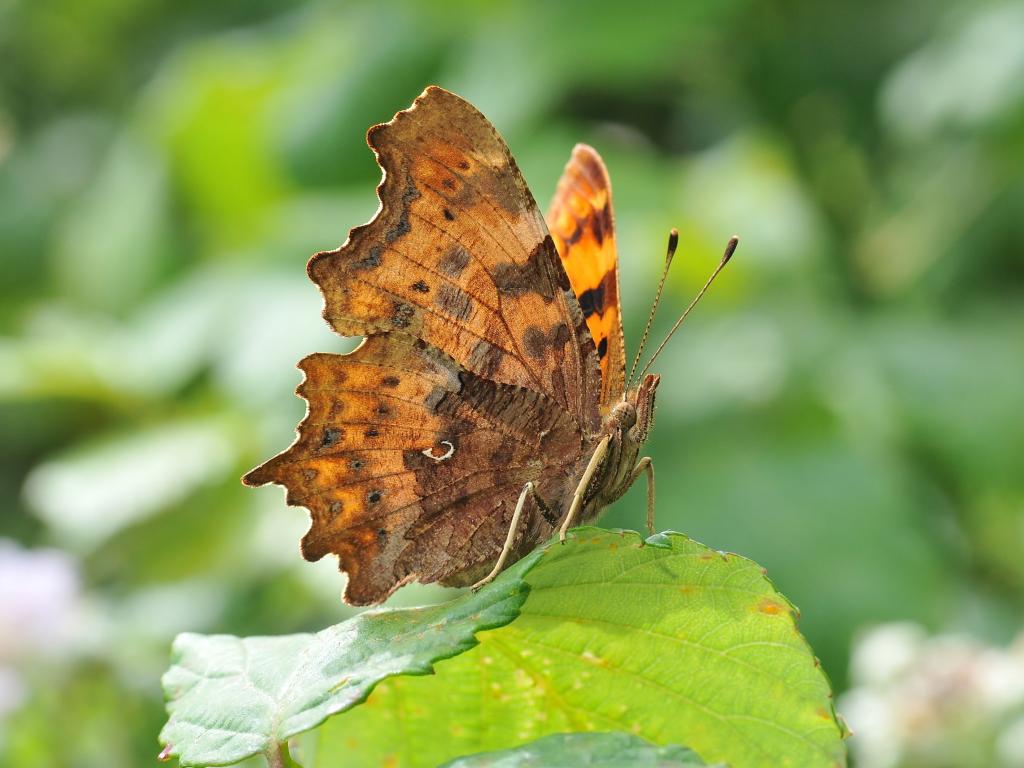
Comma (underside) - Bob Eade
Bob Eade
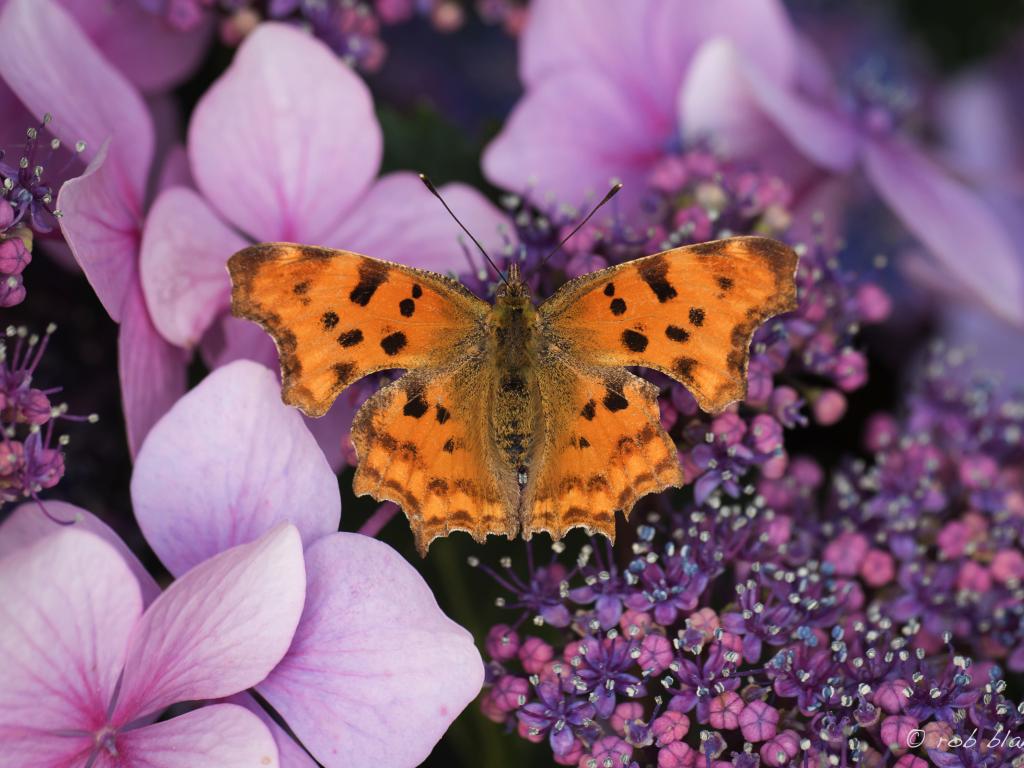
Comma - Rob Blanken
Comma - Rob Blanken
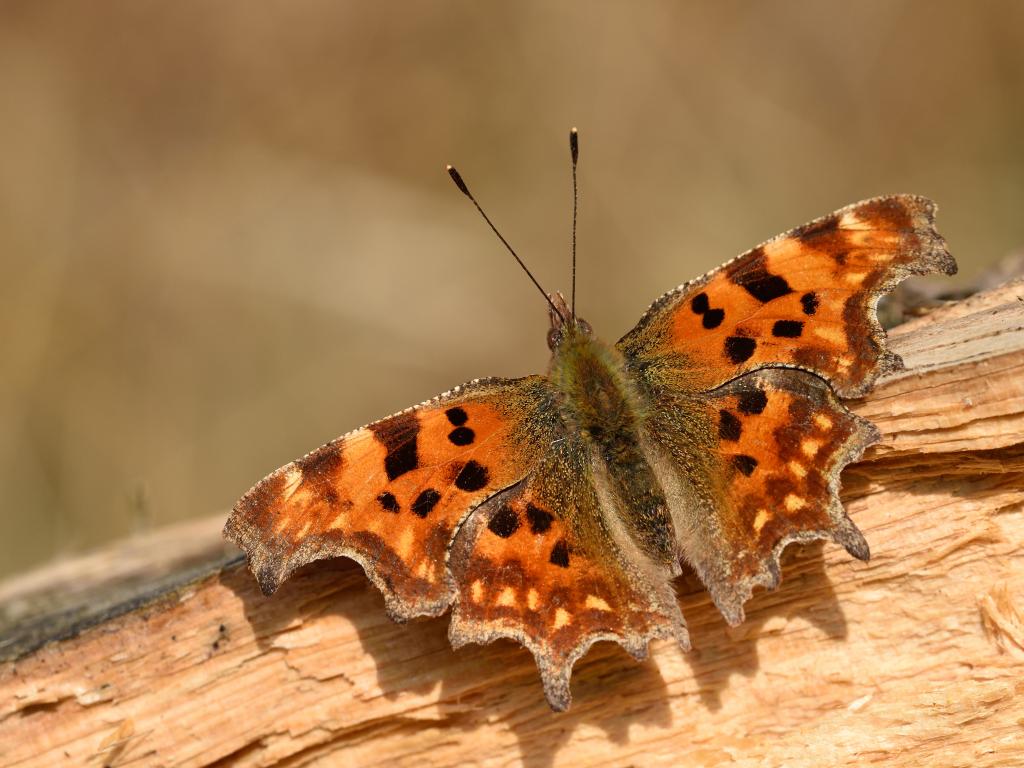
Comma (upperwing) - Bob Eade
Bob Eade
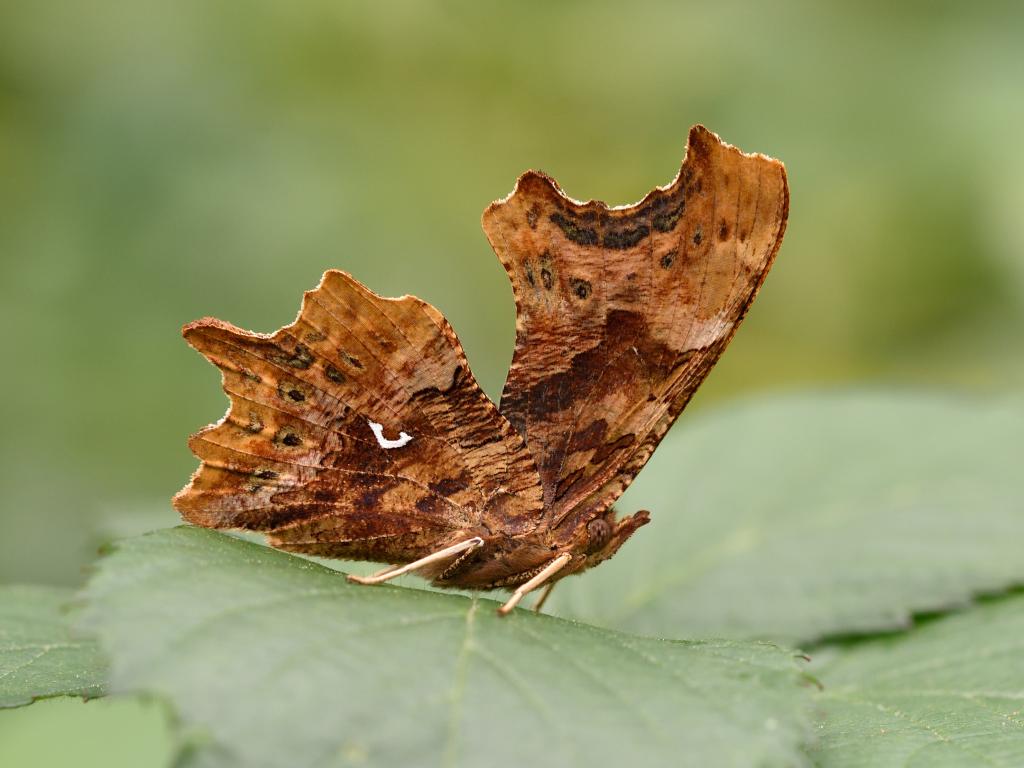
Comma (underside/Hutchinsoni) - Bob Eade
Bob Eade
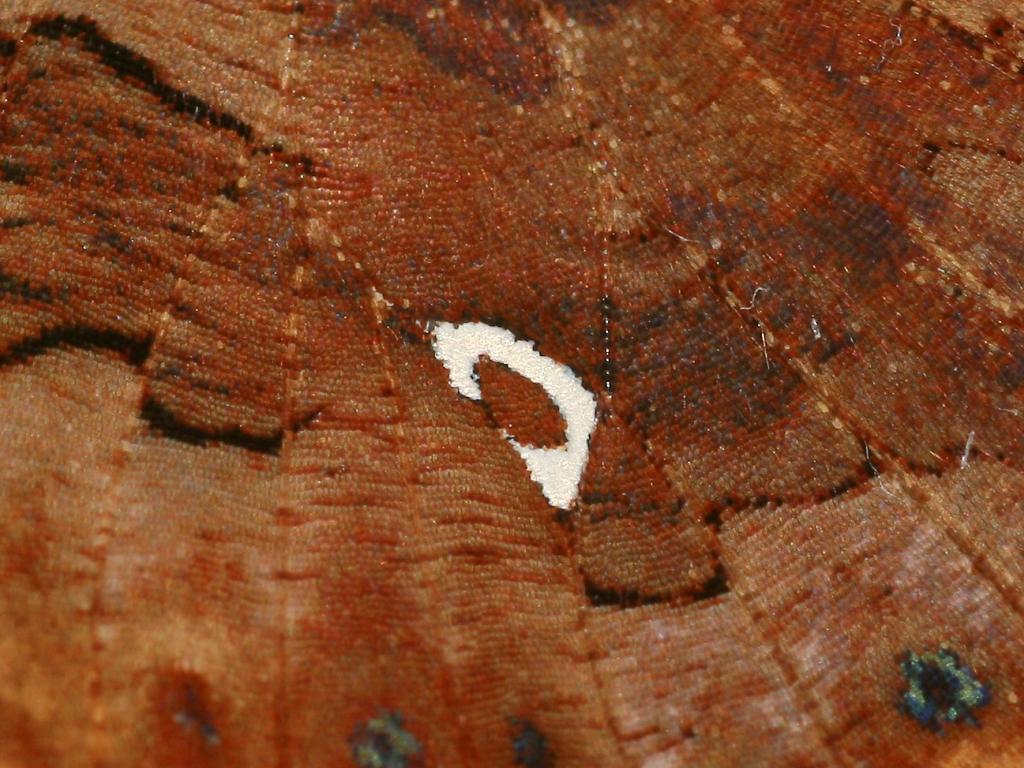
Comma (underwing detail) - Dean Morley
Dean Morley
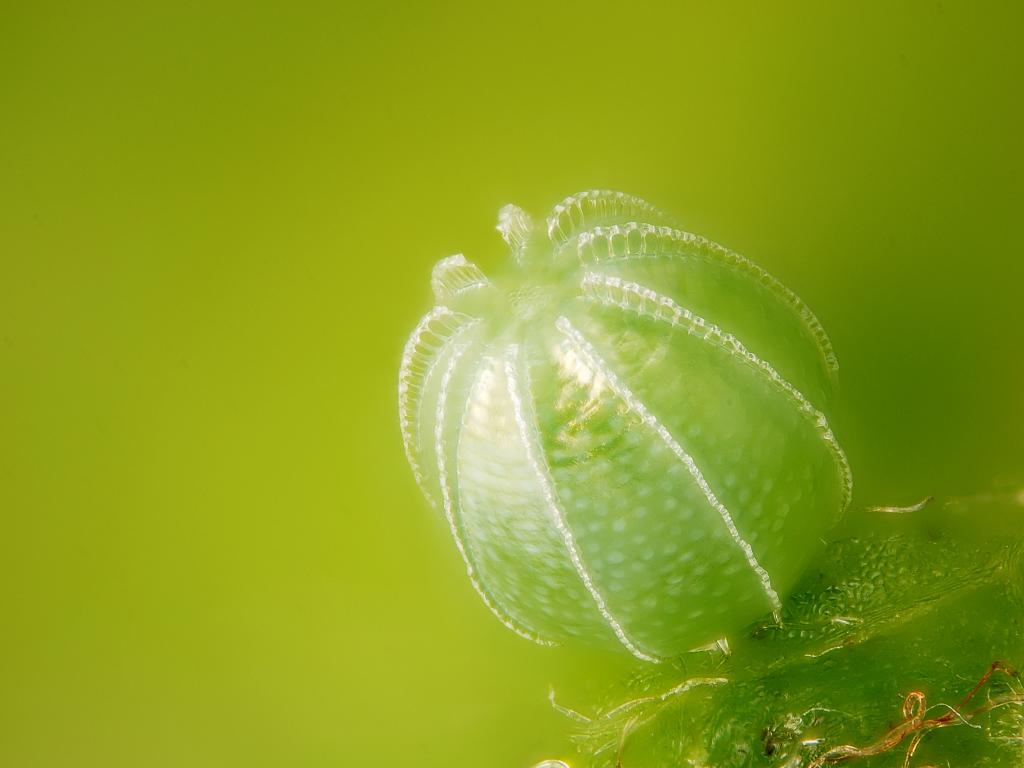
Comma (egg) - Gilles San Martin
Gilles San Martin
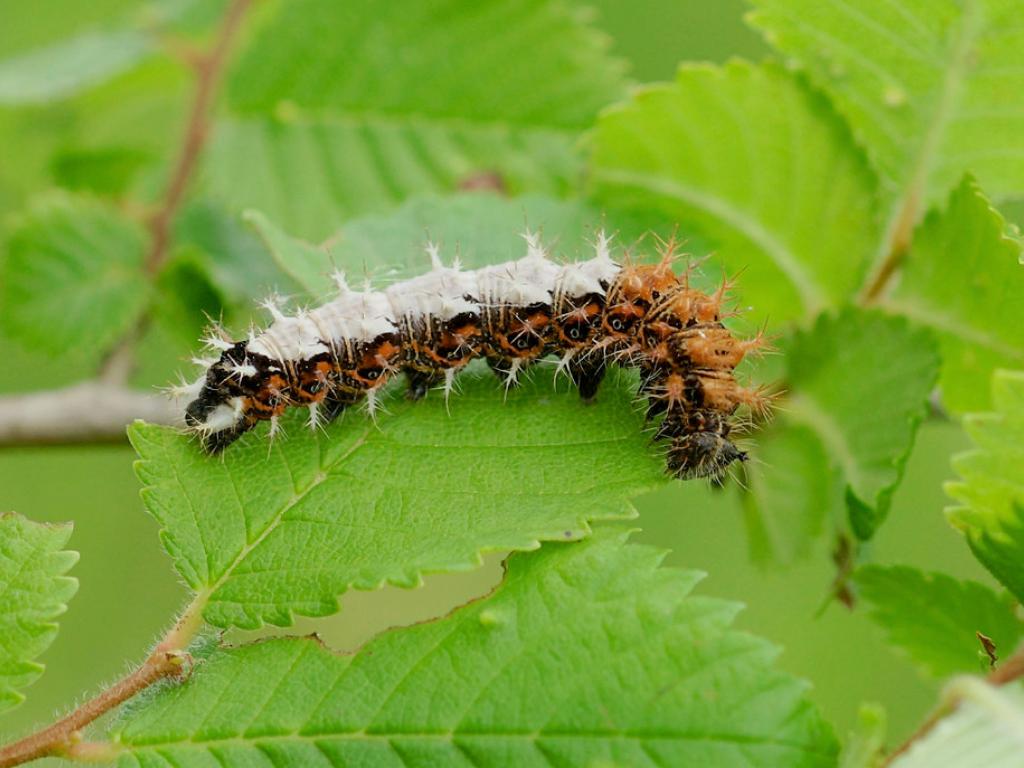
Comma (caterpillar) - Paul Davis
Paul Davis
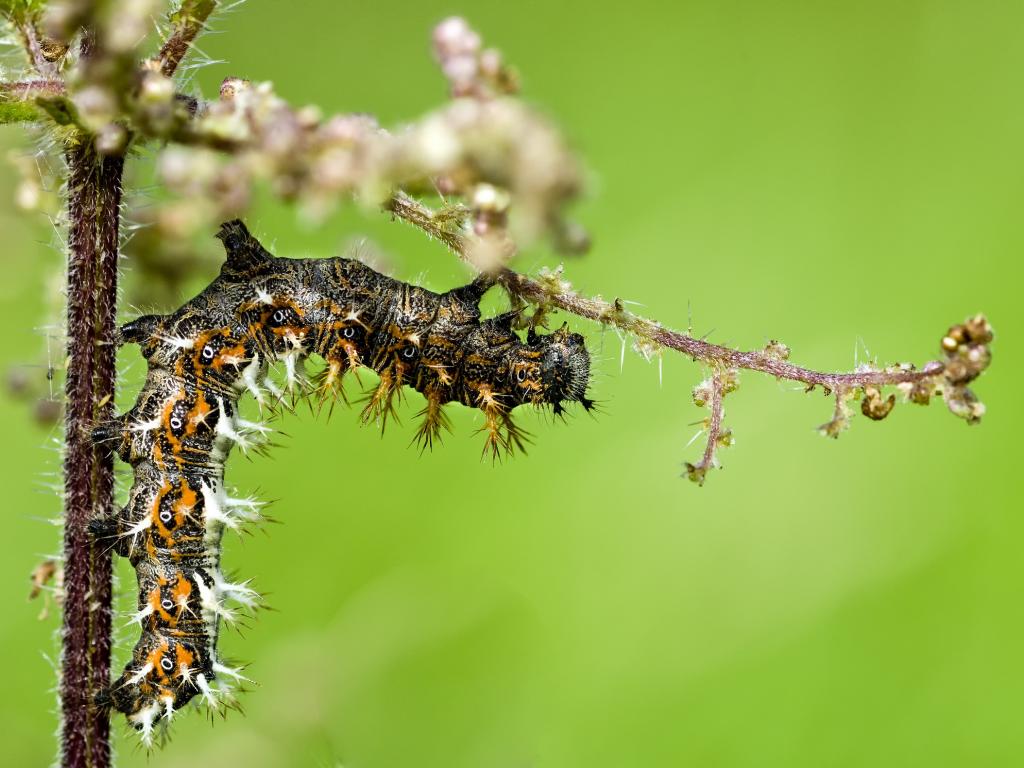
Comma (caterpillar) - Steve Palmer
Steve Palmer
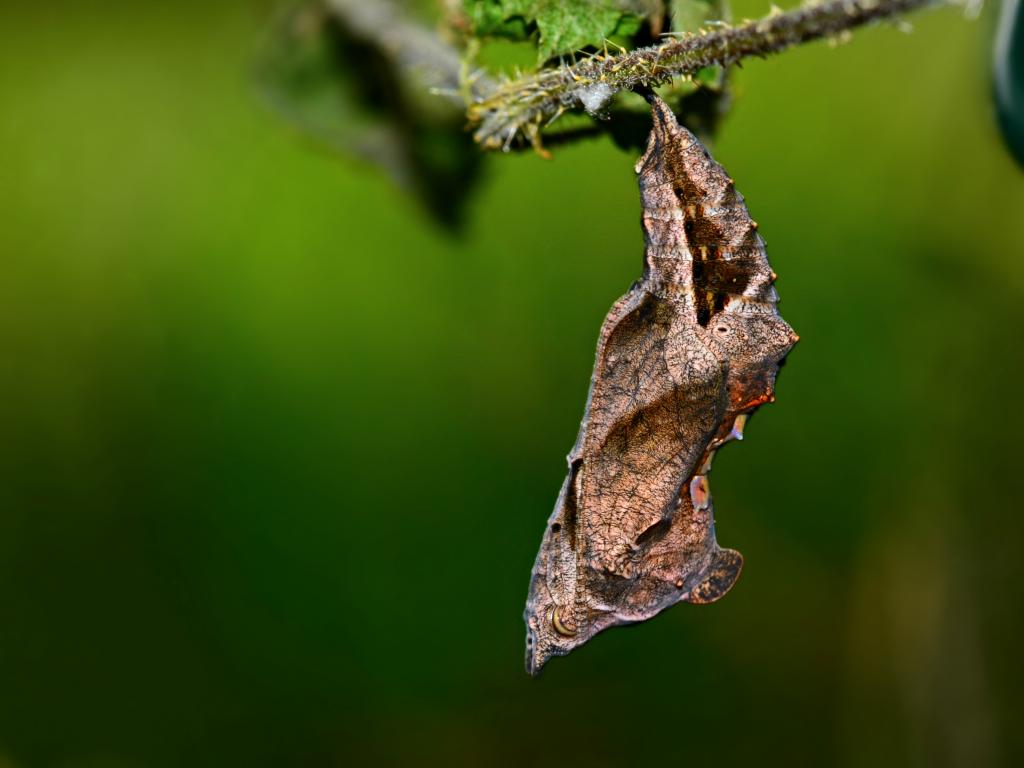
Andrew Cooper
Andrew Cooper